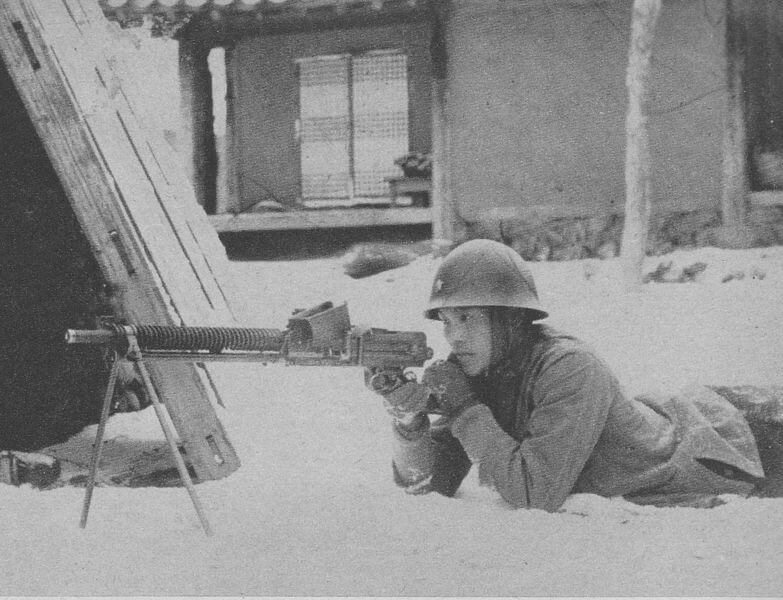
| Year | 1922 |
| Weapon Type | Light Machine Gun |
| Origin & Designer | Japan/Nambu |
| Numbers Produced | 29.000 |
| Crew | 2 (Gunner & Loader) |
| Calibre | 6.5mm (6.5x51SR) |
| Elevation | [@elevation] |
| Traverse | [@gun_traverse] |
| Cartridge Weight | [@cartridge_weight] |
| Round Weight | 139gr (9.0g) |
| Barrel Length | 443mm |
| Overall Length | 1.100mm |
| Grenade Types | [@grenade_types] |
| Mount | Bi-Pod |
| Combat Weight | 10.2 kg |
| Operation | Gas Operated |
| Cooling System | Air |
| Sights | Front Blade & Rear V Notch Leaf |
| Feed | 30 Round Hopper |
| Practical Rate of Fire | 120 r.p.m. |
| Maximum Rate of Fire | 450 r.p.m. |
| Blank Cartridge | [@blank_cartridge] |
| Muzzle Velocity | 730 m/s |
| Fuel Capacity | [@fuel_capacity] |
| Minimum Range | [@minimum_range] |
| Effective Range | 600m |
| Maximum Range | 2000m |
| Armour Penetration | [@armour_penetration] |
| Bayonet | Spike Bayonet |
| Traction | [@traction] |
| Variants | [@variants] |
| Notes | Adopted as the IJAs first light machine gun, the type 11 was built by Nambu and had certain similarities to the Hotchkiss, namely the ribbed barrel. It had an unusual feed system which require five round clips to be dropped into a hopper, this held up to six clips and each round was oiled as it was fed into the chamber. This feed system was prone to collect dirt and grit which would jam the weapon while in use. It was issued to troops in 1922 and saw extensive service as a squad weapon until 1945. |